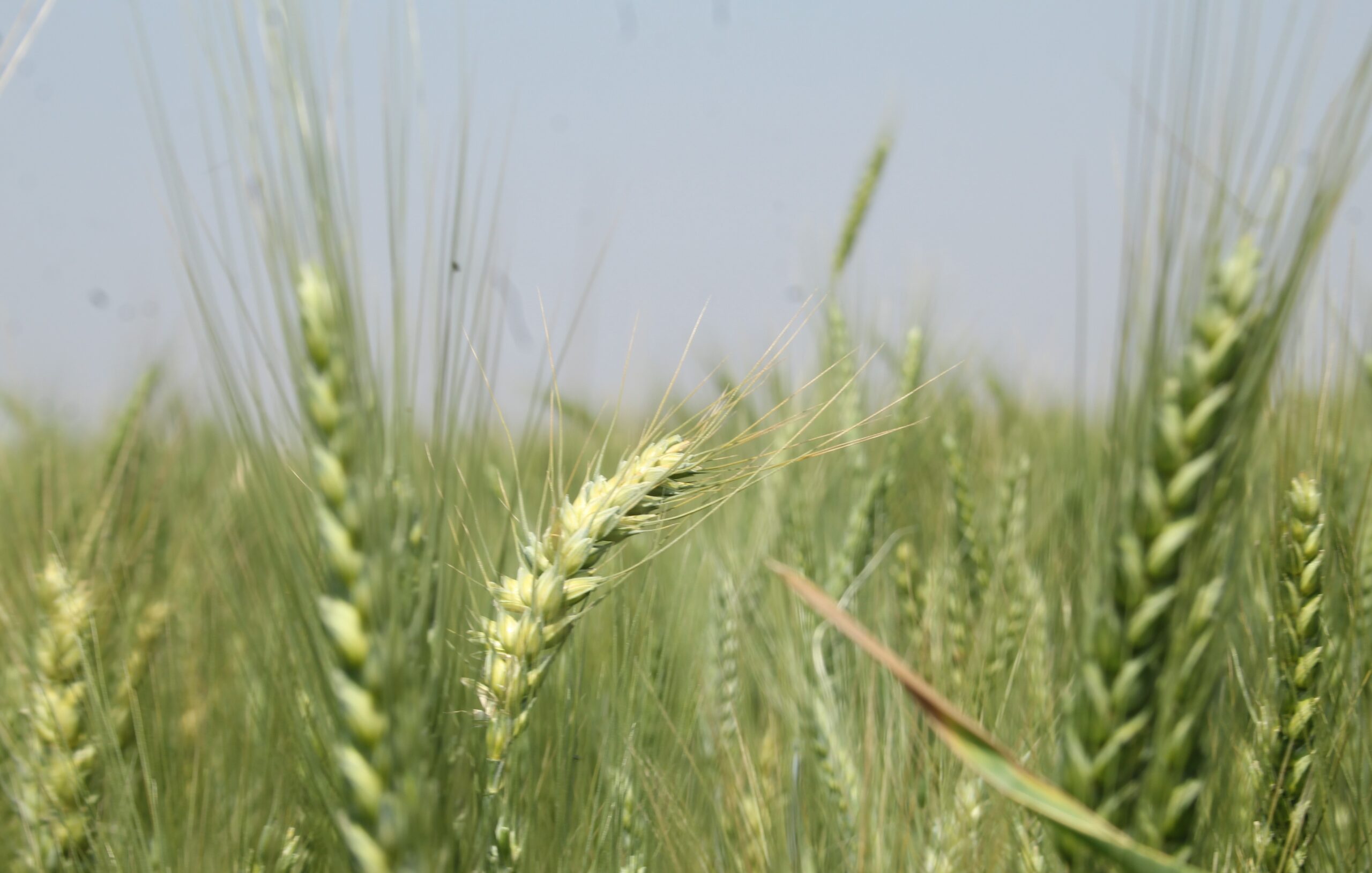Staff Reporter
Wheat farmers using Sebakwe Dam for irrigation are in conflict with the Zimbabwe National Water Authority (Zinwa), which has allegedly ordered some farmers to reduce their hectarage (ha) as the dam’s water level has dropped below 50 percent.
Farmers at a recent wheat seminar publicly appealed to the Minister of Lands, Agriculture, Fisheries, Water, and Rural Development, Anxious Masuka, to have Zinwa rescind its order following revelations that Sebakwe Dam is below capacity.
“Zinwa ordered us to reduce hectarage. I wanted to utilize 50 hectares but was told to downsize to 20 hectares by Zinwa, and this has already affected my operations. We are being told that the water in Sebakwe is below capacity, and they are not looking at it from another angle. We do not know how to proceed from here,” said Kwekwe farmer Freedom Chikono.
Another farmer, Charles Mpofu, echoed similar sentiments.
“We were told that the water is not enough for us to operate, and we are appealing to you, Minister Masuka, to address this issue,” he said.
Minister Masuka responded that Zinwa should work with actual usages on the farms rather than generalizing.
“Allocations from Sebakwe have to be revised to reflect the actual usage by farmers. So if one has an overhead irrigation system, the allocation should be farm-specific, not general. The 4,500 hectares that should be irrigated from Sebakwe will be irrigated,” he said.
Minister Masuka also mentioned that, together with Zinwa, they will create records showing the actual usage by the wheat farmers.
Johnson Mikuku, the Zibagwe Rural District Master Plan Lead Planner, in his initial study report, highlighted the critical water issue, noting that Sebakwe Dam, by design, is not supposed to be used if the water level reaches 50 percent capacity.
“Sebakwe Dam is now at 48 percent capacity, and we have a serious water conflict as it supplies the city of Kwekwe via the Dutchman’s Pool. There are water releases at certain intervals to maintain a certain level to keep supplying Kwekwe. The same dam also supplies water to commercial farms downstream, up to Sherwood and the Zesa Munyati canal. According to its design, Sebakwe Dam is not supposed to be used if the water level reaches 50 percent. At the moment, estimates suggest it is at 43 percent.
During the course of the study, it was at 48 percent but continues to be used below that dangerous level of 50 percent,” he said.
Mikuku emphasized that this poses a major dilemma, as Sebakwe Dam is a crucial water source for the greenbelt and commercial farms that need irrigation, but its use below 50 percent is not advisable according to its design.
In recent months, Zinwa has reported struggles with the depleting water table and urged farmers to adhere to water abstraction agreements.
Zinwa’s head of corporate communication and marketing, Marjorie Munyonga, in a previous statement said stated there is a need for sustainable, efficient, and sound management of the limited available water. She pointed out that Kwekwe is one urban center facing acute water shortages among other water-insecure towns.
The national wheat target stands at 120,000 hectares, with Midlands having put 12,000 hectares under wheat, of which Kwekwe constitutes 9,000 hectares of the provincial figure.




